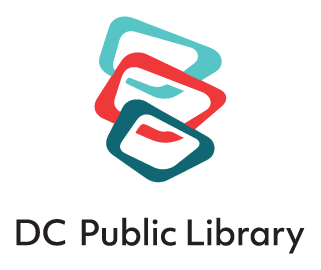An Oral History of the Asian/Pacific Islander Domestic Violence Resource Project (DVRP)
 About the Project
About the ProjectAs the A/PI population in DC, MD, and VA continues to grow, this present exploration on gender and power-based violence and community responses for and from this cultural group can be used to further connect with the community. Current and future DC residents would be able to learn more about DVRP and culturally-specific DV programs as a resource, promoting the sense of community and collective care and safety in the area.
In addition to commenting on gender and power-based violence social service provision for A/PIs in DC, DVRP also hosts unique arts and cultural-based programs uplifting the creativity of the A/PI community. Artistic practice is named as an essential part of the work of healing and liberation and positioned as an alternative to Western modalities of healing. Tracing the history of DVRP's integrated arts practice sheds light on the process of building up community-based arts and the connections between arts and healing.
How has the work of supporting A/PI survivors in the DC area evolved over time through community memory? What recurring and/or key themes are emerging about community dynamics, culturally specific program delivery, and the movement against gender and power-based violence? From examining materials from the early 2000s, it looked like DVRP started as a women-centered organization providing safety and advocacy services. Over time, it became a place that connects with multiple genders and has grown in political identity and educational frameworks, raising questions about how this evolvement happened and what iterations existed in between the beginning and the present.
The method of oral history allows for deep inquiry by honoring the significance of related personal experiences. Oral history promotes open-ended storytelling to capture cultural nuances and gain an understanding of not only the information requested, but the person sharing their narrative. Oral history encourages individual subjectivity to coexist with facts and data, making this method well-suited for culturally-specific and community-based exploration.
 Process
ProcessNarrators will sign a release form and a consent form to participate, and they can be identified by a pseudonym if that is preferred. During the interview, narrators can withdraw their participation at any time, take breaks, refuse to discuss any topic, and would need to give verbal consent to be recorded, both in audio and video. Consent for donating, archiving, and sharing the interview should only be obtained after the interview is over, and narrators can review their own transcript. Each interview would take an hour to 90 minutes to conduct. After the interview is concluded, each narrator would receive a $200 honorarium for their contribution. The project manager will also reach out 1-2 weeks afterwards to ask if any follow-up interview is needed.
The audio recording will be transcribed word-for-word using TheirStory.io, a platform to capture, transcribe, edit, and preserve oral histories. The following files would be uploaded to the People's Archive at DCPL: Media files, Transcripts, Indexes - time-coded summary of different segments, Metadata - date, place, names, and Release forms. The copyright is assigned to DCPL, making the interviews publicly available, and the narrator keeps the non-exclusive right to copy, use, and publish the interview.
 HumanitiesDC
HumanitiesDC

